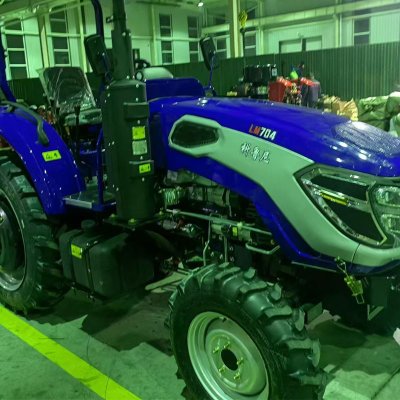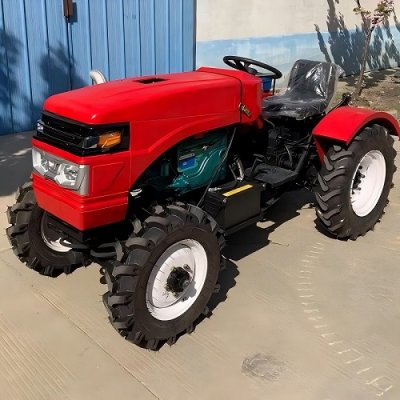Five Preferences of Users When Purchasing Agricultural Machinery Products
As key equipment for improving production efficiency, the brand choice of agricultural machinery products directly affects users' production benefits and operation experiences. Through market research and user feedback analysis, currently, when users purchase agricultural machinery products, their purchase intentions are mainly determined by product quality, after - sales service, performance, customer relationship, and reasonable price.
I. Pursuit of High - quality Products
Quality is the core competitiveness of agricultural machinery products and the primary consideration for users when making a purchase. The agricultural production environment is changeable, and the working conditions in the fields are complex. The durability of products directly determines the operation efficiency and maintenance cost. Users generally prefer brand products made of high - strength materials, with precision processing techniques and having passed strict tests. The power - shift products of leading enterprises show excellent reliability in core components such as the power system and transmission system, and their product service life is significantly longer than that of ordinary brands. User feedback in some regions shows that the average annual number of repairs of agricultural machinery products of leading enterprises within three to five years after the end of the three - package period is about 2 times, which is much lower than that of third - and fourth - tier brands. Therefore, high - quality brands can often form a stable market reputation through word - of - mouth among users.
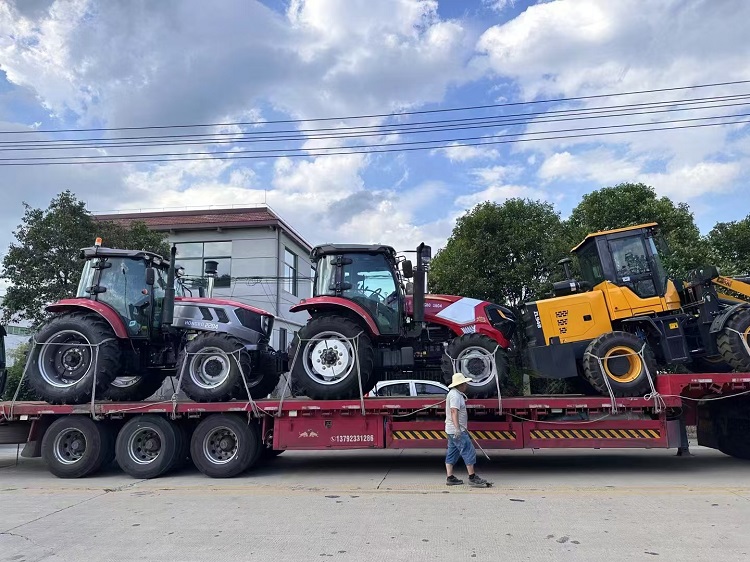
II. Expectation of Timely After - sales Service
Service has become the core means of brand - differentiated competition. Agricultural production has a strong seasonal nature. When agricultural machinery products break down during the "rush - hour for farming", whether they can resume operation in the shortest possible time is directly related to the annual business income. The coverage density, response speed, and professional level of the service network of agricultural machinery brands have become important factors for users to choose a brand. Leading brands generally establish a service network and management system that combines fixed service points and mobile service vehicles, enterprise - based service and social - based service, with network coverage, dynamic and static combination, and full - time service, ensuring that they can reach the breakdown site and repair the agricultural machinery in the shortest time.

In contrast, some niche brands, due to the lack of service resources and insufficient service points, have a slow response time to breakdowns, causing users to suffer losses during the crucial busy farming periods, and their market share is gradually decreasing. Data shows that for every 10% decrease in service satisfaction, 30% of potential customers will be lost in the following year.
III. Intention for Products with Excellent Performance
With the large - scale and intensive development of agriculture, users' requirements for the performance of agricultural machinery have shifted from single - function to high - efficiency, intelligence, and high - quality. Products with excellent performance can not only improve operation efficiency but also reduce operating costs. In terms of power performance, power - shift tractors save about 15% more fuel compared to traditional models, and the stability of power output is increased by about 30%, with more significant advantages in heavy - load operations such as subsoiling and deep plowing. The performance advantages of products are also reflected in multi - function integration and adaptability. The silage harvesters of leading enterprises are equipped with adjustable headers and intelligent chopping systems, which can meet the harvesting needs of different varieties of corn and have a low operation loss rate. Leading agricultural machinery brands continuously refresh industry standards through continuous technological research and development to meet users' core demands for performance.
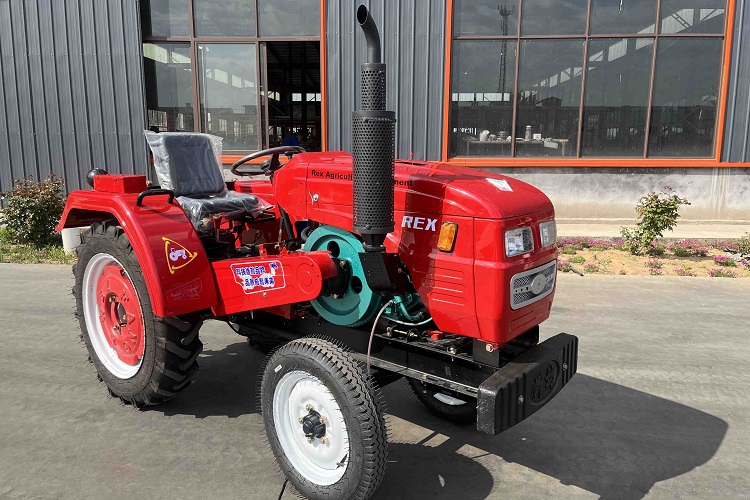
IV. Attention to Customer Relationship Management
Customer relationship management is, to some extent, a deep connection between the brand and users, forming a value community. In the traditional marketing model, the relationship between users and brands is limited to product transactions, while modern agricultural machinery brands are building an interactive ecosystem through digital means. On the one hand, brands establish user communities through platforms such as APPs and WeChat official accounts, providing value - added services such as product function promotion, operation data statistics, and policy information push. On the other hand, brands enhance user stickiness through offline activities such as product test drives, skills training, and user symposiums. Many enterprises invite enterprise experts to explain product maintenance knowledge and usage skills to users every year and organize old users to share their usage experiences. In addition, some brands have launched a "user co - creation" model, inviting family farms and cooperatives to participate in new product testing and further optimizing product design based on feedback. They also invite potential customers to visit the factory to fully understand the enterprise's manufacturing capabilities and enhance user trust.
V. Attention to Products with Moderate Prices
Price is always a benchmark factor for users' decision - making. Users will conduct comprehensive performance, service, brand, and other comparative analyses of products from multiple brands before purchasing to find the product with the best cost - performance ratio. Users' price sensitivity is closely related to the purchase scenario. When purchasing large - scale combine harvesters, tractors, and supporting agricultural machinery, users tend to choose mainstream brands with moderately high prices because of their higher reliability and residual value rate; while for the selection of small - and medium - sized products such as plant protection machines and micro - tillage machines, price sensitivity is relatively high.
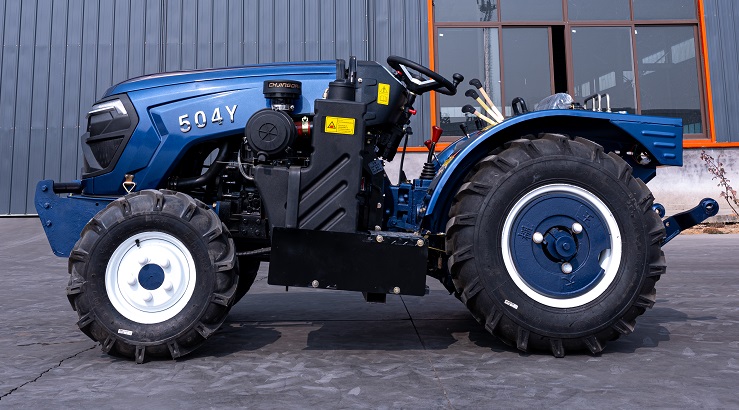
Market research shows that users are willing to pay a reasonable premium for the combined product value of "quality + service + performance", and the premium space is usually about 17% higher than that of other brands. Although the products of tail - end enterprises are priced cheaply, due to the potentially high failure rate and low residual value, the actual full - life - cycle cost is higher. In addition, financial policies also affect the perception of price. Mainstream brands reduce users' expenditure pressure by providing credit support, thereby increasing the willingness to purchase. From quality to price, from service to interaction, users' preferences for agricultural machinery brands essentially reflect the pursuit of "maximum value". Against the backdrop of the accelerated advancement of agricultural modernization, brand competition has evolved from a single - product competition to a system competition of "product + service + ecosystem". Enterprises need to be user - centered, build a quality control system, service response network, technological innovation mechanism, customer relationship platform, and reasonable pricing strategy, forming a value - closed loop covering the entire product life cycle. In the future, with the in - depth development of smart agriculture and green agriculture, user demands will continue to evolve. Only by accurately grasping these five major user demands can enterprises hope to occupy a strategic high - ground in the new round of competition.
Source: Agricultural Machinery News Network
Author: Ants on Agricultural Machinery

